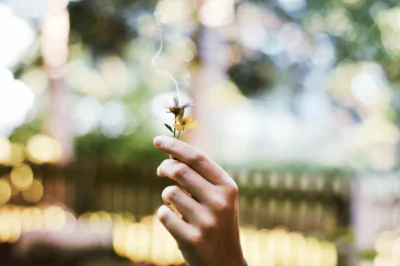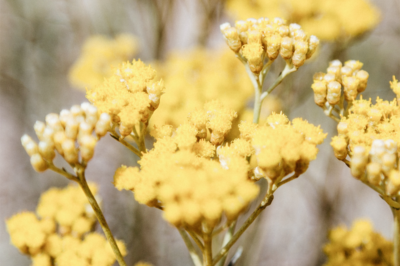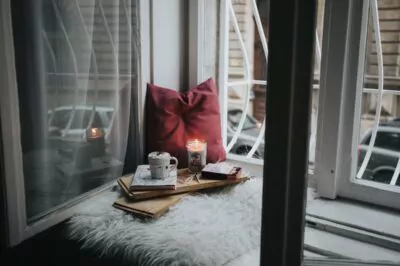Table of Contents[Hide][Show]
Essential oils offer us a way to smell amazing without wearing perfumes made with questionable ingredients.
They carry the most potent components a plant has to offer, and for this reason must be used safely.
Their aromatherapy is perhaps the most divine part about them. When we experience an essential oil, scent receptors all over our bodies (yep, not just in our nose) react, with varying benefits.
So while choosing an essential oil is in one sense just like choosing your perfume, it can also help you enhance your wellbeing. And while synthetic essential oils may carry some benefits, something pure and made from healthy, happy plants is far better.
How to Choose an Essential Oil Blend
Today’s article is a quick one — a guide to choosing a top quality essential oil. Here’s what to look for:
No Synthetics or Additives
Because some plants have essential oil that is difficult to extract, some companies will add synthetic oils to these products so they can sell it at a lower price. They can often match the smell pretty well, but you’re not getting the full aromatherapeutic benefits.
We make our blends with 100% pure essential oils, which are tested to ensure they are free of chemical residues or added synthetics. If an impurity shows up on a test, we find another source for that essential oil.
This guarantees that you’re getting the true benefits of the plants as well as a beautiful-smelling product.
Unless you’re going to send your essential oil out to be tested, you essentially need to find a company you trust to source pure ingredients and buy from them.
Synergistically Blended
A single essential oil offers you some benefits, but when blended synergistically, they can work together for a more powerful effect.
For example, spruce essential oil supports your adrenals, frankincense promotes mental peace, rosewood helps dispel sadness, and lavender encourages rest. Together, they create a multi-faceted, calming blend.
Of course, the way the blend smells is also a big factor. We aim for blends that are beautifully balanced, with recognizable top notes anchored by subtle base notes. The result is something that smells beautiful on and offers the wearer something unique and sophisticated.
To vet an essential oil blend for its synergy, look up each oil that’s in the blend and read up on its properties. Look for a mix of different notes (top, middle, and base) for a scent that is balanced and wears through the day. Also look into the aromatherapy of each oil in the blend to get a feel for how those oils will work together. We like Experience Essential Oils for its essential oil info.
It can be a little tricky to really say if a blend is synergistic or not, but it helps to do some research.
Intentional Aromatherapy
Luckily, essential oils are not a new invention. They’ve been used for thousands of years in ceremony, in ritual, and even as medicine. So their benefits and attributes are known, and this knowledge has been passed down through generations.
There are also dozens of studies on how scent and essential oils in particular affect us, so we have both science and tradition to draw from when we’re thinking about how to use essential oils for aromatherapy.
Our process for creating an essential oil blend starts with the effect we want it to have. What do we need more of in our lives? What kinds of moods are we trying to encourage or avoid? Then we choose essential oils that work together to create that aromatherapy.
And so when you choose your essential oil blend, whether you’re choosing which one to buy or choosing which to use for the day, you can also focus on what you need more of in your life. It’s a good practice for being intentionally and having a reminder (that you can smell!) to tell you to stay calm, be vibrant, or open your heart.








Leave a Reply